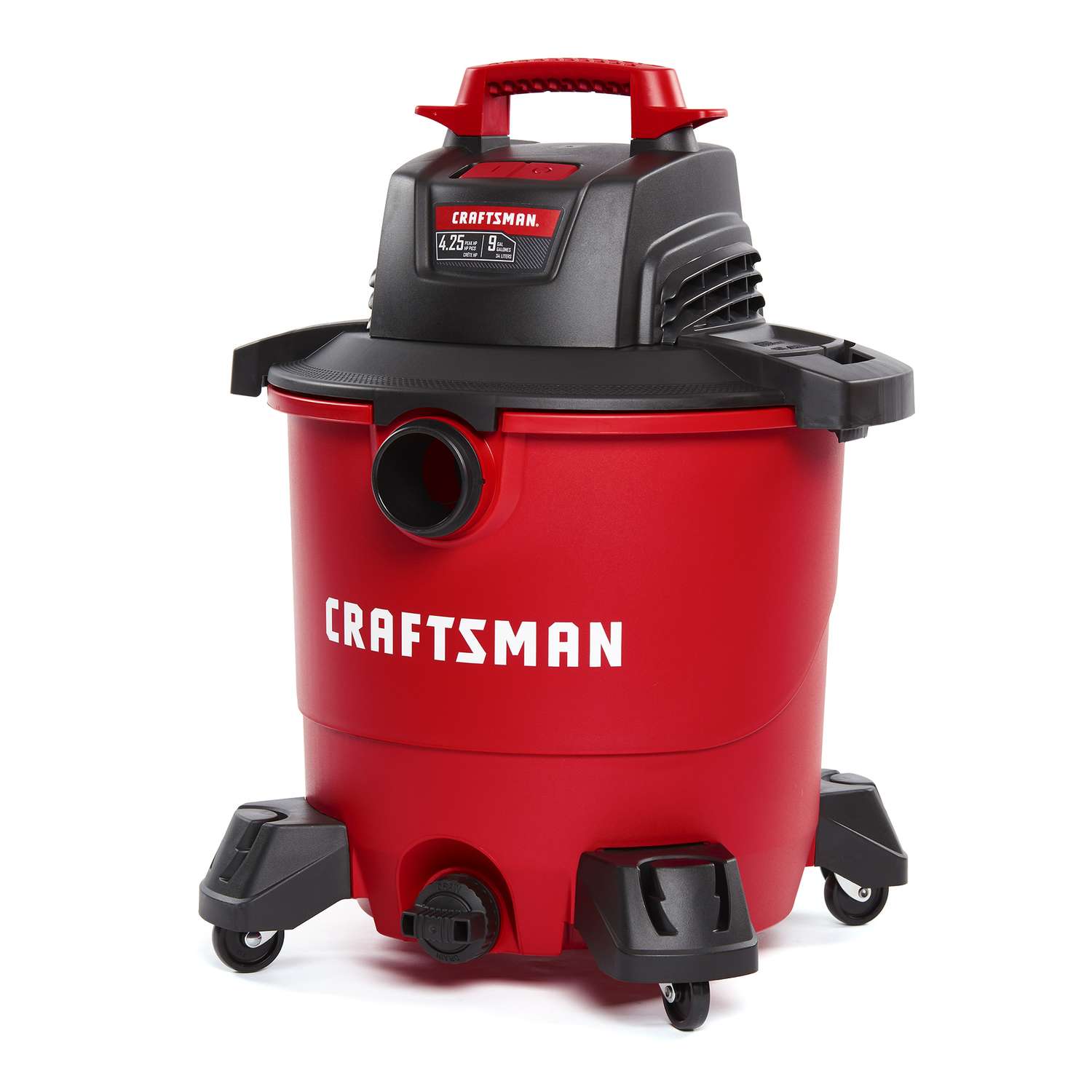Craftsman 9 gal Corded Wet/Dry Vacuum 8.3 amps 120 V 4.25 HP
Ideal for medium-sized jobs around the garage, home, renovations, and jobsite. Use the rear exhaust port on this shop vacuum for blowing debris out of your garage or from your driveway and sidewalk.






Reviews
There are no reviews yet.